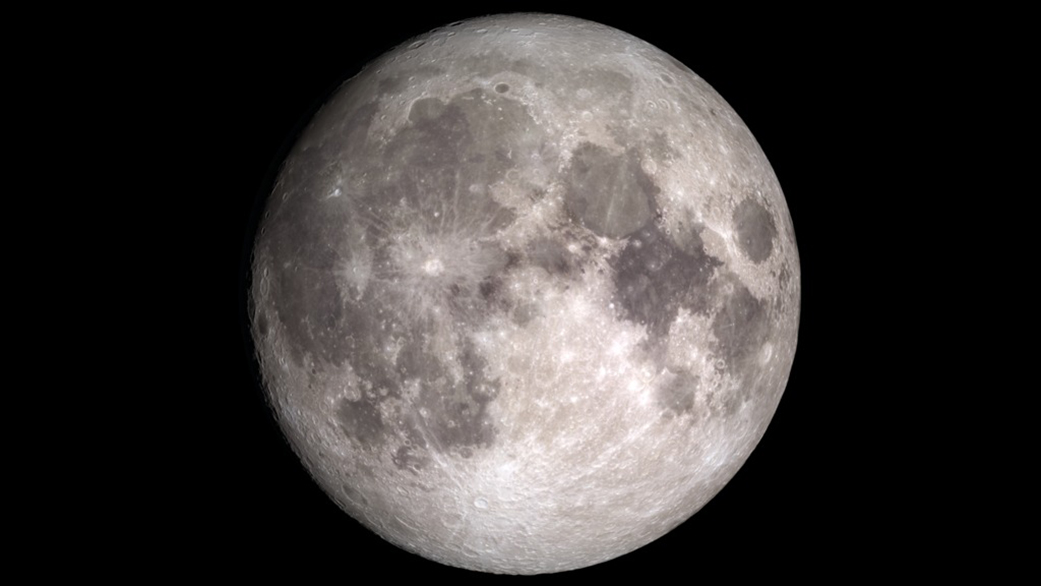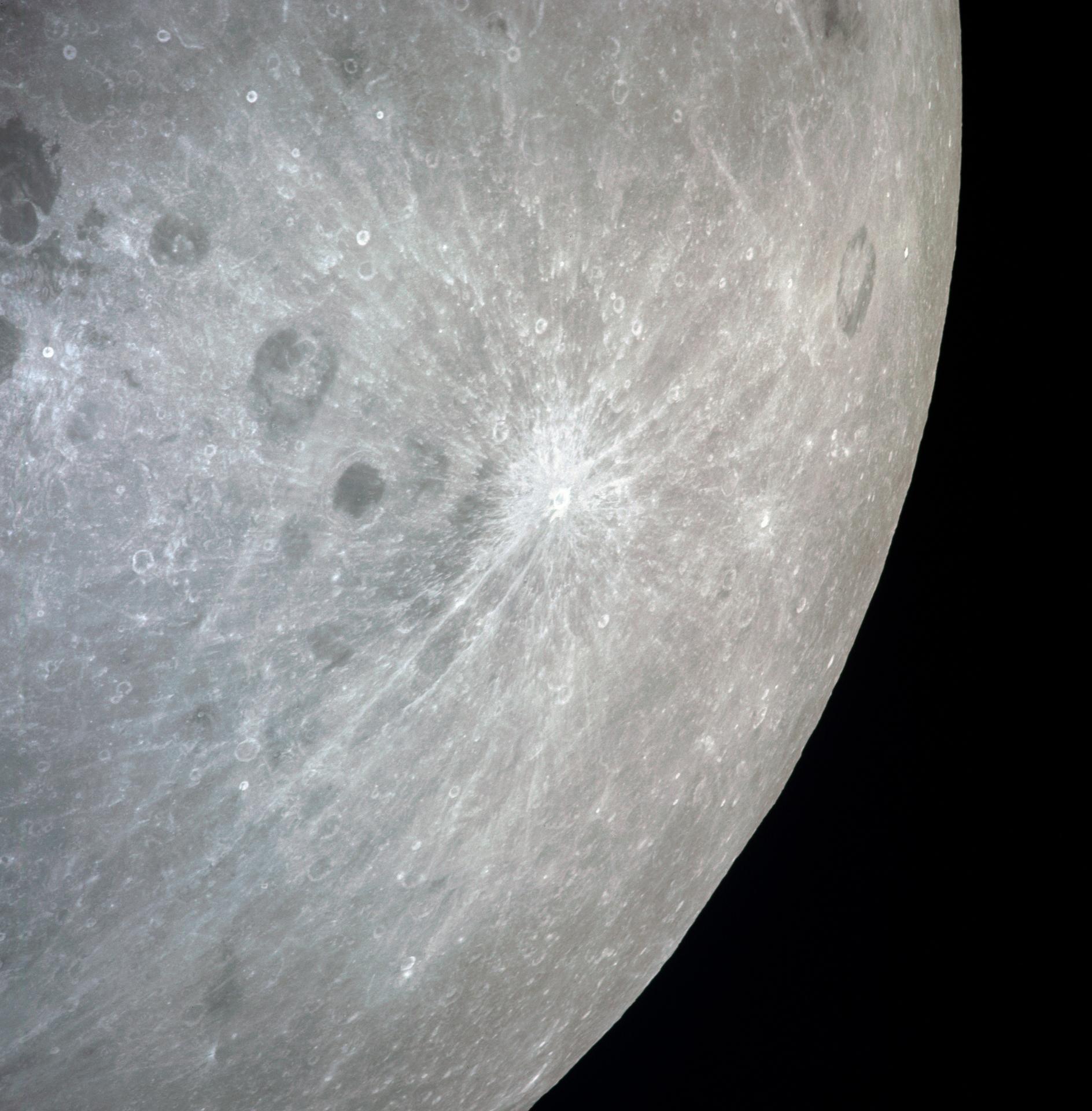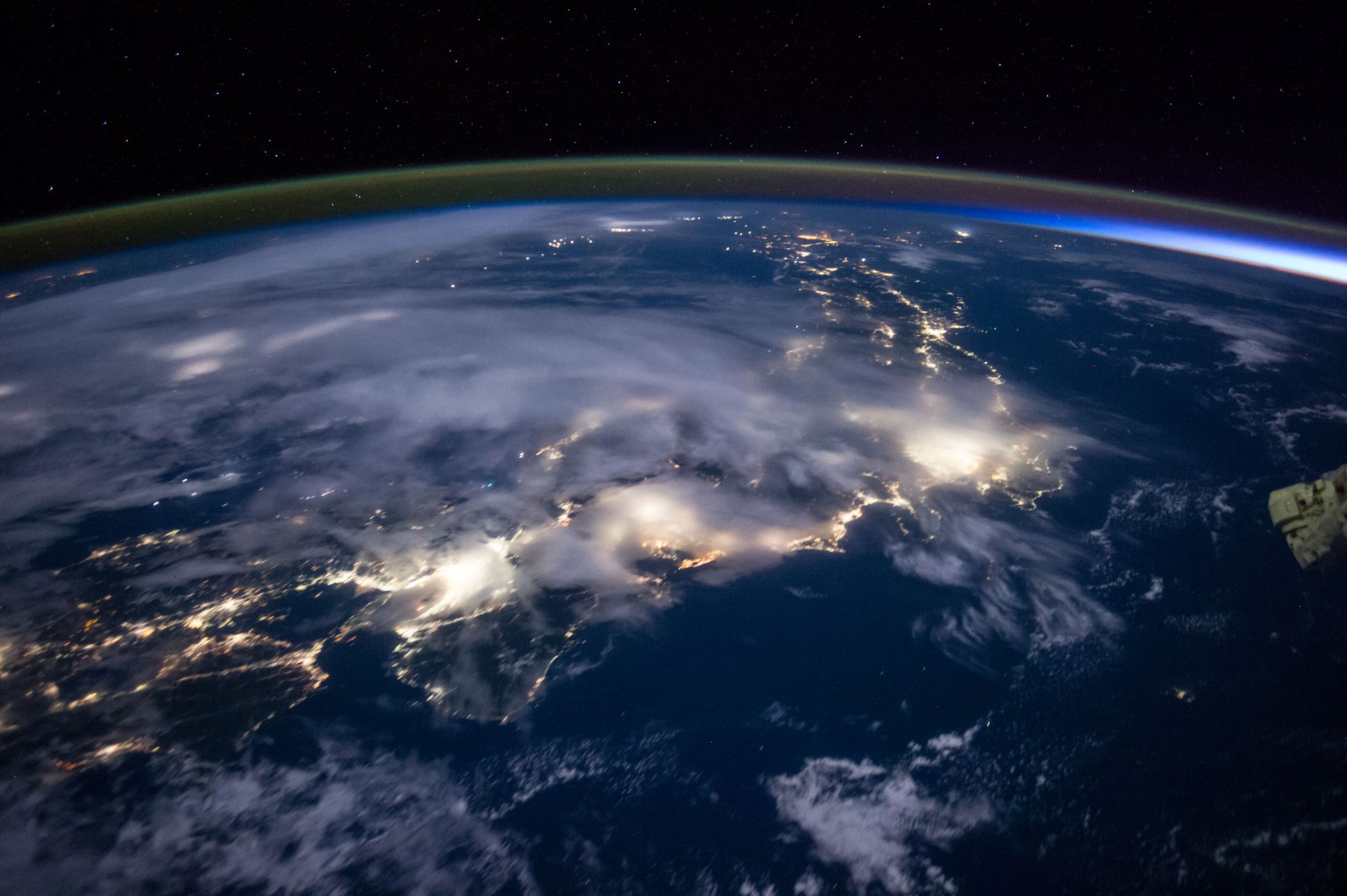NASA is returning to the Moon with commercial and international partners as part of an overall agency Exploration Campaign in support of Space Policy Directive 1. It all starts with robotic missions on the lunar surface, as well as a Lunar Orbital Platform-Gateway for astronauts in space beyond the Moon. Right now, NASA is preparing to purchase new small lunar payload delivery services, develop lunar landers, and conduct more research on the Moon’s surface ahead of a human return. And that long-term exploration and development of the Moon will give us the experience for the next giant leap – human missions to Mars and destinations beyond.
The agency released a draft Request for Proposals April 27, encouraging the U.S. commercial space industry to introduce new technologies to deliver payloads to the Moon. This request for Commercial Lunar Payload Services (CLPS) will further expand efforts to support development and partnership opportunities on the lunar surface. Using these services, the agency will accelerate a robotic return to Moon, with upcoming missions targeted for two to three years earlier than previously planned. NASA intends to award multiple contracts for these services through the next decade, with contract missions to the lunar surface expected to begin as early as 2019, and with a company’s first delivery no later than Dec. 31, 2021.
NASA’s expanding Moon strategy seeks to harness the innovation of American space companies to build new lunar landers. This solicitation for payload delivery services is a sign of NASA’s ongoing confidence in U.S. industries’ abilities to meet needs for delivery services in space. These early deliveries to the lunar surface will support stronger scientific and exploration mission activities for NASA, and empower commercial industry to show the agency what they have to offer.
“We’ll draw on the interests and capabilities of U.S. industry and international partners as American innovation leads astronauts back to the Moon and to destinations farther into the solar system, including Mars,” said NASA Administrator Jim Bridenstine. “Our successful investments with a strong and continually growing U.S. space industry in low-Earth orbit allows us to focus on lunar activities. We’ll leverage commercial capabilities for these small payload deliveries, and CLPS missions will play an important role in our expanding and sustainable lunar exploration strategy.”
NASA has identified a variety of exploration, science, and technology objectives that could be addressed by regularly sending instruments, experiments and other small payloads to the Moon. Some of those payloads will be developed from the agency’s Resource Prospector mission concept. This project was intended as a one-time effort to explore a specific location on the Moon, and as designed, now is too limited in scope for the agency’s expanded lunar exploration focus. NASA’s return to the Moon will include many missions to locate, extract and process elements across bigger areas of the lunar surface. The agency is evolving Resource Prospector to fit into its broader exploration strategy, and selected robotic instruments will be among the early deliveries to the Moon on CLPS missions.
Simultaneously, the agency is asking U.S. industry how to best progressively advance lander capabilities through its Lunar Surface Transportation Capability request for information, which closed April 30. NASA is assessing commercial interest in lander development to help mature plans for two upcoming landers built through public/private partnerships.
NASA will review responses to the transportation capability request for information, and use the information for development of a minimum 1,100 pound (500 kilogram) lander, which is targeted to launch in 2022. The agency’s two mid-size lander demonstration missions will help NASA understand the requirements and systems needed for a human class lander. The ongoing small payload delivery missions will provide important data on landing precision, long-term survivability, guidance and navigation for future landers.
These landers will be capable of sample return, resource prospecting, demonstrating use of in-space resources, and this will reduce the risk when building landers for humans.
Discussions on how to use the Lunar Orbital Platform-Gateway for scientific activity are expected to continue. Robotically collecting lunar samples for investigation aboard the gateway or safekeeping until they can be returned to Earth were among the suggestions discussed at a science workshop hosted by NASA.
“It is critical that America leads this sustained presence with commercial and international partners on and around the Moon. And this integrated effort will support returning astronauts to the Moon as called for by Space Policy Directive 1,” said Bridenstine.































